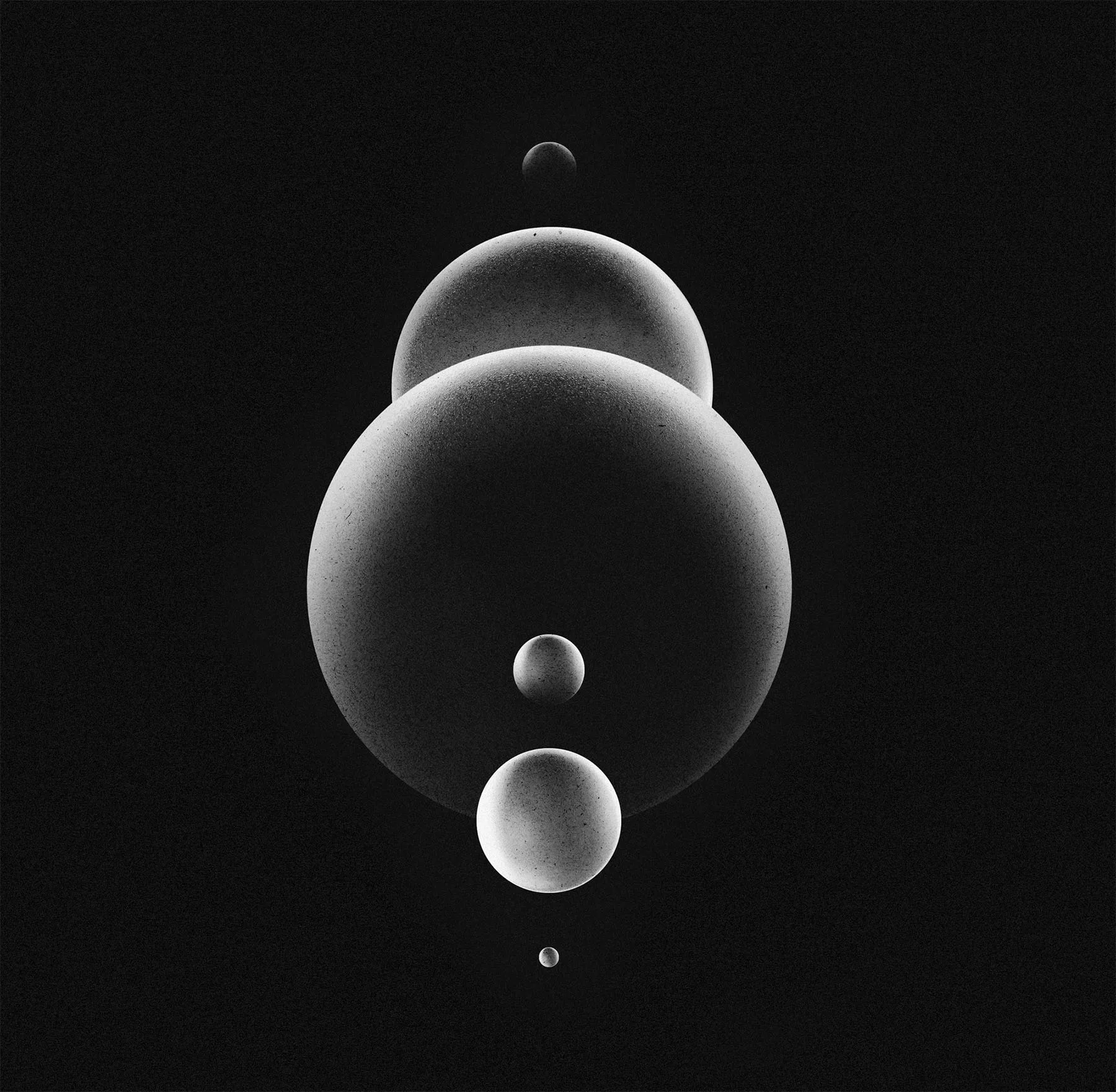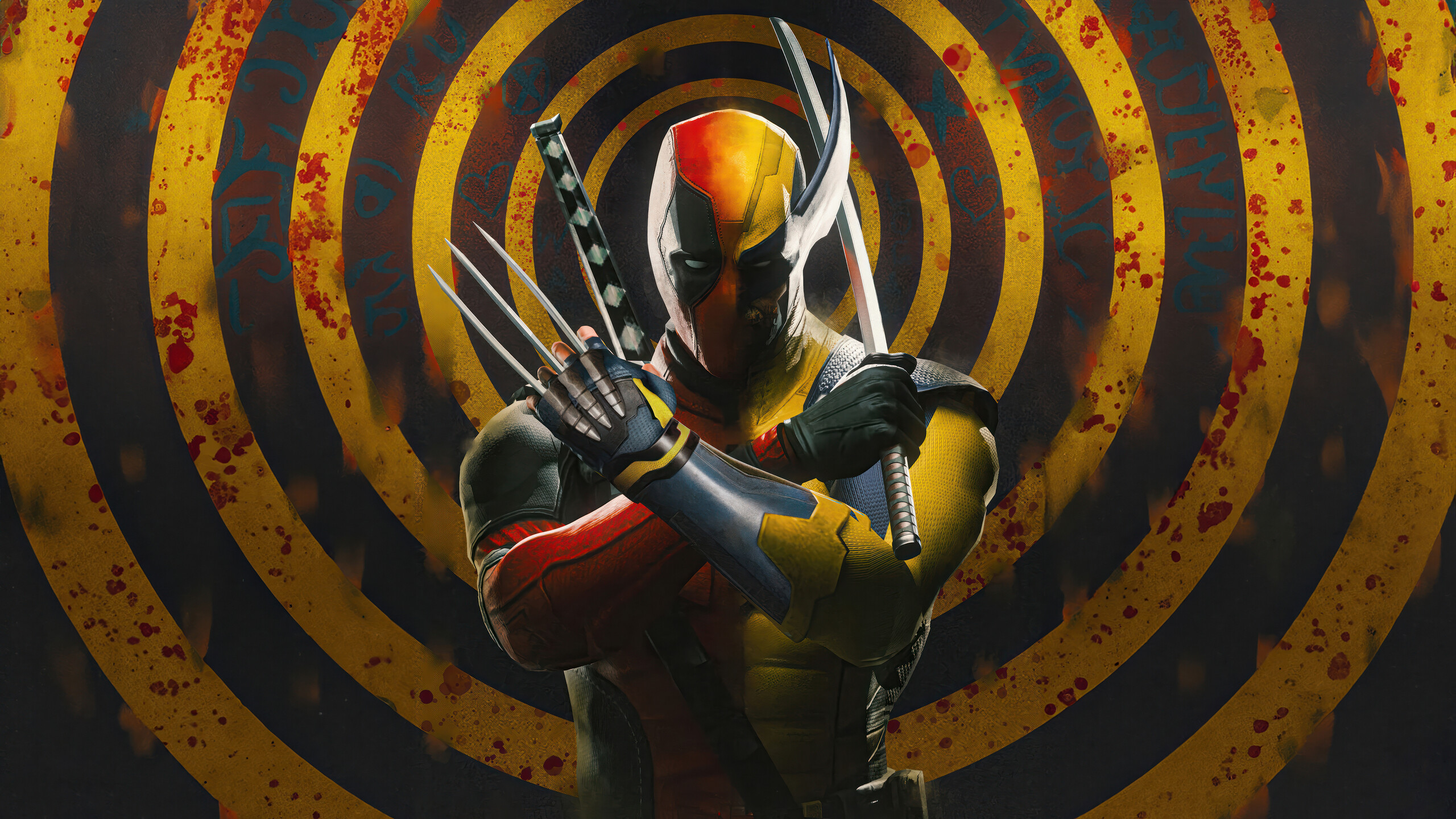The Role Of Visual Storytelling In Design
Visual storytelling plays a crucial role in design excellence, serving as a powerful tool to engage and communicate with audiences. By combining images, colors, typography, and other visual elements, designers can create a narrative that conveys messages and emotions in a compelling way.
One of the key aspects of visual storytelling in design is its ability to capture attention and evoke emotional responses from viewers. Through carefully crafted visuals, designers can draw people in, sparking curiosity and interest in the content being presented. This can help to establish a connection between the audience and the message being conveyed, making it more memorable and impactful.
Additionally, visual storytelling allows designers to convey complex ideas or concepts in a simple and easily digestible format. By using visuals to break down information into smaller chunks or sequences, designers can make it easier for audiences to understand and retain key points.
Overall, the role of visual storytelling in design is essential for creating engaging and effective communication pieces that resonate with viewers on both an intellectual and emotional level.
Elements Of Effective Visual Storytelling
Effective visual storytelling requires a thoughtful combination of various elements to create a compelling narrative that captivates the audience. One key element is visual design, which includes the use of color, composition, typography, and imagery to convey emotion and meaning. The choice of colors can evoke different moods and emotions, while composition guides the viewer’s eye and creates visual interest. Typography plays a crucial role in conveying information and setting the tone of the story, while imagery can enhance the narrative by providing context or adding layers of meaning.
Another important element is storytelling structure, which involves organizing the visual elements in a coherent and engaging way. This includes establishing a clear beginning, middle, and end to guide the viewer through the story. Additionally, pacing and rhythm play a crucial role in maintaining audience engagement by controlling the flow of information and creating suspense or tension when needed.
Overall, effective visual storytelling requires a harmonious blend of design elements and storytelling techniques to create a memorable and impactful narrative that resonates with viewers.

Techniques For Creating Compelling Visual Narratives
To create a compelling visual narrative, the visual storyteller must first establish a strong sense of purpose and intention behind their design choices. This involves understanding the message they want to convey and the emotions they wish to evoke in their audience. One effective technique for achieving this is through careful selection of color palettes, typography, and imagery that work together harmoniously to communicate the desired tone and mood.
Another important aspect of creating a compelling visual narrative is through thoughtful composition and layout. By carefully arranging elements on the page or screen, the visual storyteller can guide the viewer’s eye through the story in a deliberate manner, ensuring that each element serves a specific purpose in advancing the narrative.
Additionally, incorporating storytelling devices such as symbolism, metaphor, and contrast can add depth and complexity to the visual narrative. These techniques can help create layers of meaning that engage viewers on multiple levels and encourage them to reflect on the content long after experiencing it.
Overall, by combining purposeful design choices with thoughtful composition and storytelling devices, the visual storyteller can craft a visually engaging narrative that resonates with their audience on an emotional level.
Case Studies Of Successful Design Excellence Through Visual Storytelling
In exploring design excellence through visual storytelling, it is crucial to examine case studies of successful implementation. One such example is the branding campaign for Coca-Cola’s “Share a Coke” initiative, which utilized personalized labels with individual names to foster a sense of connection and community among consumers. Through this visually engaging strategy, Coca-Cola was able to create a unique and memorable experience for its customers, leading to increased brand loyalty and sales.
Another noteworthy case study is the redesign of Airbnb’s logo and website interface. By incorporating vibrant colors, clean typography, and user-friendly navigation, Airbnb was able to enhance the overall user experience and convey a sense of trustworthiness and reliability. This strategic use of visual elements not only improved customer satisfaction but also contributed to the company’s growth in the competitive market.
These case studies demonstrate how visual storytelling can be a powerful tool in achieving design excellence by effectively communicating brand messages, creating emotional connections with audiences, and ultimately driving business success.

The Impact Of Visual Storytelling On Audience Engagement
Visual storytelling has a profound impact on audience engagement by creating a powerful connection between the viewer and the content being presented. Through the use of visual elements such as images, graphics, colors, and typography, storytelling becomes more immersive and captivating for the audience. By appealing to both the visual and emotional senses of individuals, visual storytelling has the ability to evoke strong emotions and leave a lasting impression on viewers.
One of the key reasons why visual storytelling is so effective in engaging audiences is its ability to simplify complex information into easily digestible narratives. Visuals have a way of breaking down barriers and conveying messages in a way that is universally understood, making it easier for audiences to connect with and relate to the content being shared.
Moreover, visuals have been proven to increase retention rates among audiences, as people are more likely to remember information when it is presented in a visually appealing manner. This means that by incorporating visual elements into storytelling, designers can create a more impactful and memorable experience for their audience, ultimately leading to increased engagement and interest in the content being shared.

Best Practices For Integrating Visuals Into Storytelling
To create an impactful visual story, it is essential to integrate visuals seamlessly into the storytelling process. One of the best practices for integrating visuals into storytelling is to ensure that the visuals enhance and complement the narrative rather than distract or overwhelm it. Visual elements should be carefully chosen to convey emotions, themes, and messages that align with the overall story being told.
Another important aspect of integrating visuals into storytelling is ensuring consistency in style and design throughout the narrative. This helps create a cohesive visual language that ties all elements of the story together and enhances its overall impact.
Furthermore, it is crucial to consider the audience when selecting visuals for a story. Understanding who will be viewing or experiencing the story can help determine the most effective visual elements to use. Whether it’s through photography, illustrations, infographics, or other types of visuals, catering to the preferences and expectations of the audience can greatly enhance their engagement with the story being told.
By following these best practices for integrating visuals into storytelling, designers can create visually compelling narratives that resonate with audiences on a deeper level.
The Future Of Design Excellence And Visual Storytelling Trends
As we look to the future of design excellence and visual storytelling, one cannot help but be excited by the possibilities that lie ahead. With advancements in technology and an ever-evolving digital landscape, designers have more tools at their disposal than ever before to create captivating visual narratives.
One trend that is sure to continue shaping the world of design excellence is the rise of immersive storytelling experiences. Virtual reality (VR) and augmented reality (AR) are revolutionizing how audiences engage with content, allowing for a more interactive and personalized experience. From virtual tours of museums to AR-enhanced advertisements, these technologies are pushing the boundaries of traditional storytelling methods.
Another trend that is gaining momentum is the emphasis on inclusivity and diversity in design. As society becomes more aware of the importance of representation, designers are taking steps to ensure that their work reflects a wide range of perspectives and experiences. This not only creates more meaningful connections with audiences but also helps foster a sense of empathy and understanding.
Overall, the future of design excellence and visual storytelling looks bright, with endless opportunities for innovation and creativity on the horizon. By staying current with trends and embracing new technologies, designers can continue to push boundaries and inspire audiences in new ways.



